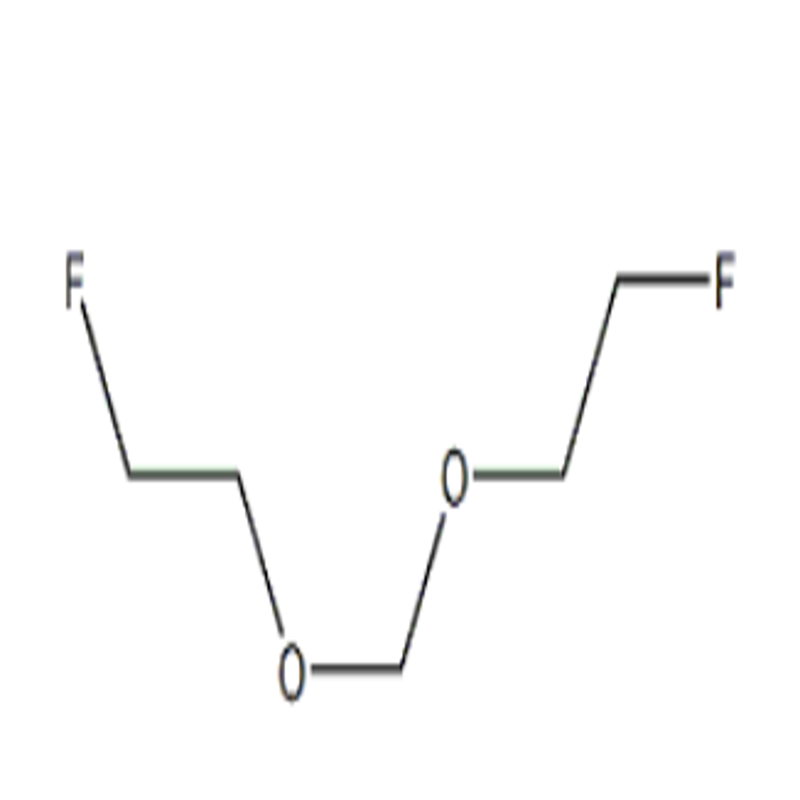-
Categories
-
Pharmaceutical Intermediates
-
Active Pharmaceutical Ingredients
-
Food Additives
- Industrial Coatings
- Agrochemicals
- Dyes and Pigments
- Surfactant
- Flavors and Fragrances
- Chemical Reagents
- Catalyst and Auxiliary
- Natural Products
- Inorganic Chemistry
-
Organic Chemistry
-
Biochemical Engineering
- Analytical Chemistry
-
Cosmetic Ingredient
- Water Treatment Chemical
-
Pharmaceutical Intermediates
Promotion
ECHEMI Mall
Wholesale
Weekly Price
Exhibition
News
-
Trade Service
4-[3-(4-Hydroxybutyl)-4,4-dimethyl-2,5-dioxo-1-imidazolidinyl]-2-(trifluoromethyl)benzonitrile, commonly referred to as Hydroxyquinoline-2-sulfonic acid 2,3,6-trimethyl-7H-purine-6-sulfonamide, is a compound that has gained significant attention in recent years due to its diverse applications in the chemical industry.
One of the most notable applications of this compound is in the field of catalysis.
Hydroxyquinoline-2-sulfonic acid 2,3,6-trimethyl-7H-purine-6-sulfonamide has been found to be an efficient and selective catalyst for various organic reactions such as esterification, amination, and alkylation.
Its ability to promote these reactions makes it an essential component in the manufacturing of various chemicals and pharmaceuticals.
Another application of Hydroxyquinoline-2-sulfonic acid 2,3,6-trimethyl-7H-purine-6-sulfonamide is in the field of antibacterial and antifungal agents.
The compound has been found to possess antimicrobial properties, making it an effective ingredient in the development of new antibiotics and antifungal agents.
This property makes it an essential component in the fight against microbial infections, which have become increasingly resistant to existing antibiotics and antifungal agents.
In addition to its applications in catalysis and antimicrobial agents, Hydroxyquinoline-2-sulfonic acid 2,3,6-trimethyl-7H-purine-6-sulfonamide has also found application in the field of materials science.
The compound has been found to be an efficient and effective synthesis precursor for the preparation of various metal and semiconductor nanomaterials.
These materials have potential applications in fields such as energy storage and electronics.
The compound has also been found to be an effective chelating agent, making it a valuable component in the treatment of metal toxicity.
Chelation therapy involves the use of compounds that can bind to heavy metals in the body, removing them from circulation and reducing toxicity.
Hydroxyquinoline-2-sulfonic acid 2,3,6-trimethyl-7H-purine-6-sulfonamide has been found to be effective in removing heavy metals such as lead, mercury, and cadmium from the body.
Hydroxyquinoline-2-sulfonic acid 2,3,6-trimethyl-7H-purine-6-sulfonamide is also being explored for its potential applications in the field of cancer therapy.
Studies have shown that the compound is effective in inhibiting the growth of cancer cells and inducing apoptosis or cell death.
This makes it a promising component in the development of new cancer therapies.
In conclusion, Hydroxyquinoline-2-sulfonic acid 2,3,6-trimethyl-7H-purine-6-sulfonamide is a versatile compound with a wide range of applications in the chemical industry.
Its applications in catalysis, antimicrobial agents, materials science, chelation therapy, and cancer therapy make it a valuable component in the development of new chemicals and therapies.
As research continues to uncover new applications for this compound, it is expected to play an increasingly important role in the chemical industry in the coming years.







